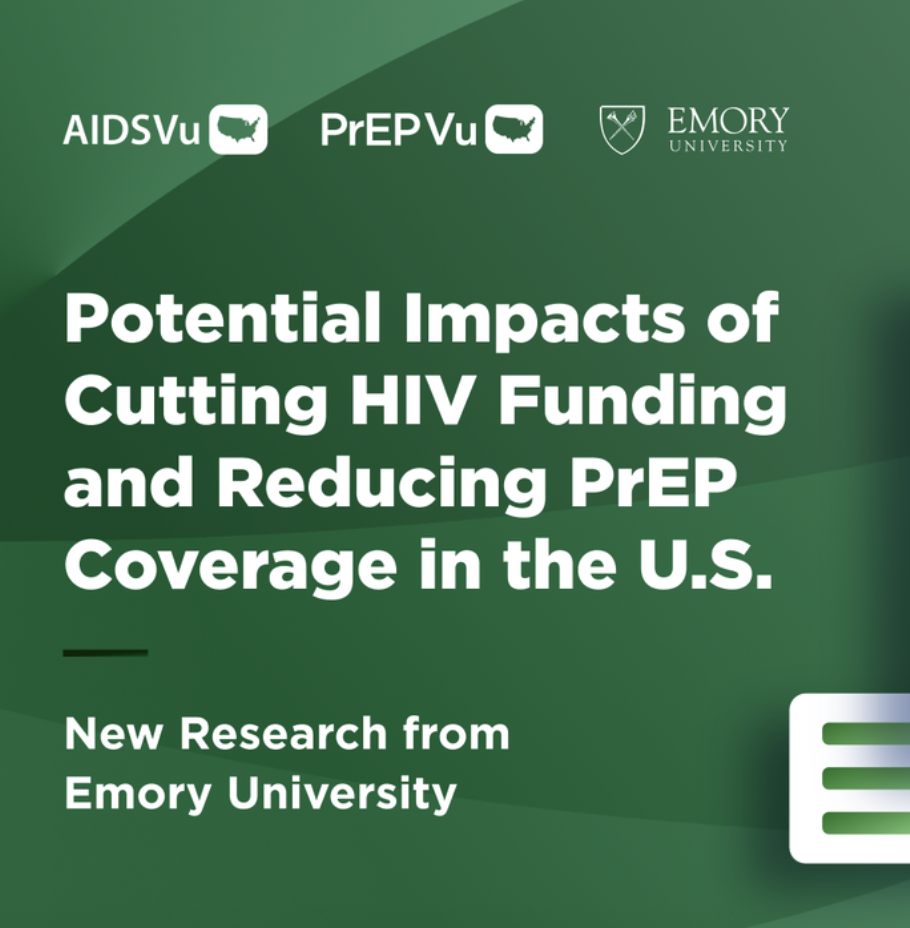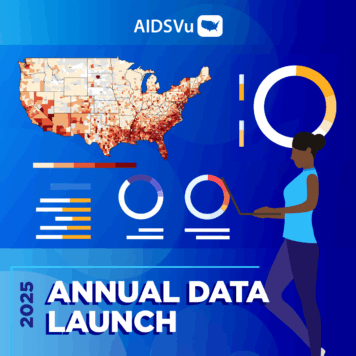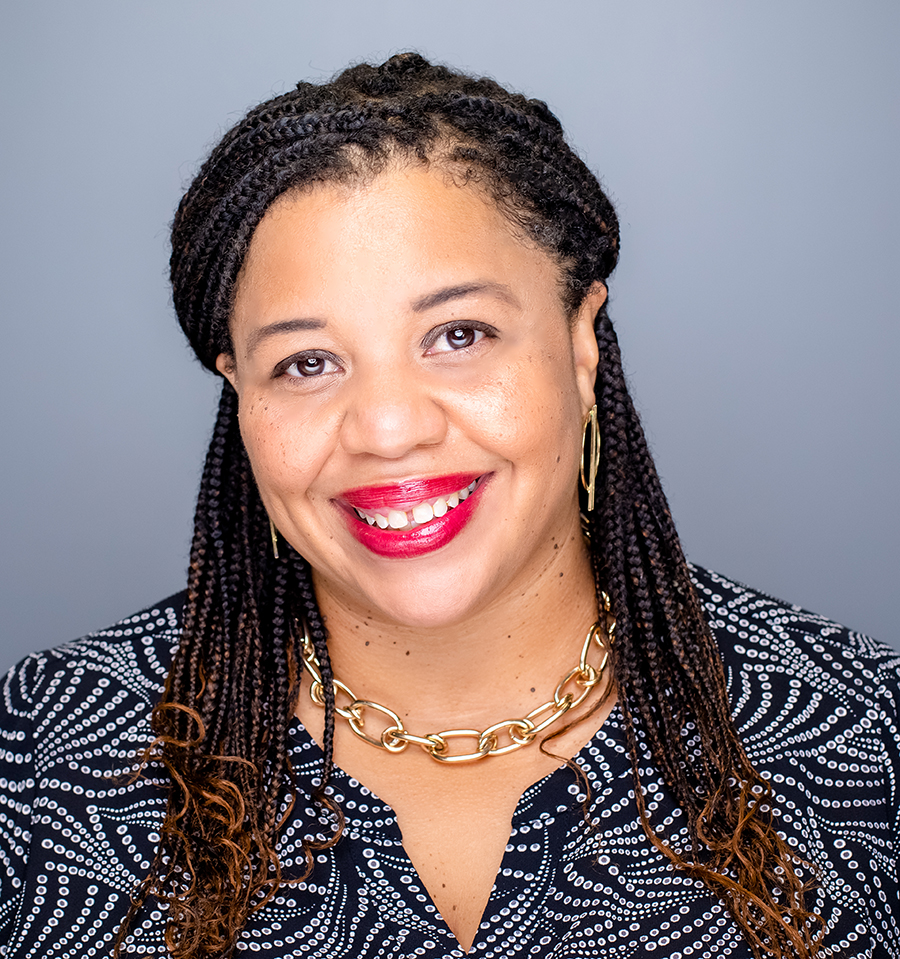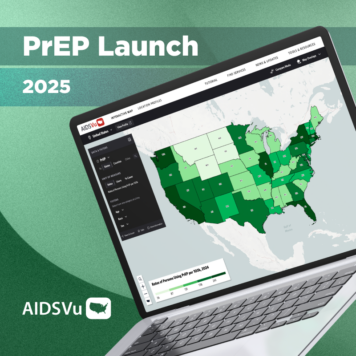Danielle Campbell, MPH, is a community organizer for HIV/AIDS and sexual and reproductive health, rights, and justice. Much of Campbell’s work includes addressing the social and structural factors that result in HIV disparities among Black communities. As a past chair of the HIV/AIDS section of the American Public Health Association (APHA) and current doctoral candidate at UC San Diego, Campbell has conducted research on health disparities within the HIV epidemic and is a staunch advocate for HIV prevention, treatment care and cure.
Q: You have held several roles and titles related to HIV/AIDS research and advocacy. What drew you towards HIV/AIDS research and advocacy, and how has your interest in the field changed over time?
I’m extremely proud of the roles and titles that I’ve held relating to HIV research and advocacy. What drew me to HIV/AIDS research specifically was learning how HIV is deeply embedded as a social disease within Black communities. When I explain why I was drawn to this work, I often share the story of my public health practicum course. It was the last course we had to take before officially graduating with our degrees in public health, and our instructor was going through an overview of different public health diseases affecting various populations, so that we could determine where we would spend the final 40 hours of our practicum. The lecturer mentioned HIV’s disproportionate effects on Black women and Black communities, and the public health equity-focused researcher in me began to wonder why.
My decision to pursue a career in health equity began early in my life. I grew up in a family with deep Southern roots who migrated to California after my grandfather’s service in the U.S. Army, making the tough decision to leave behind his family and escape the racial oppression and brutality of the South. My grandmother was a product of the segregated educational system in the South as well, and from a young age, her ethos guided my thoughts and actions. She frequently reminded us that education was a tool to end generational poverty, and to never stop fighting for what was right. Consequently, I absolutely had to understand the “why” behind HIV negatively impacting Black people. For me, the “why” is rooted in socially oppressive factors, structures, and conditions. All of which guided my efforts to examine the intersection between HIV policy research and advocacy. One is not more powerful than the other, but they must work in tandem to have the ultimate health equity effect.
My interests have evolved over time. Initially, I wanted to pursue a career in ecology and conservation efforts. However, during that public health class, I realized that perhaps my calling wasn’t in conservation or preservation, but in working with people affected by HIV and understanding global phenomena. I started by working with the oldest AIDS service organization in Orange County, where I saw firsthand how HIV impacted lives.
That experience led to advocacy, and I became involved with writing policy within the American Public Health Association. I deepened my understanding of the intricate relationship between policy and research, and my advocacy continued to evolve. I explored how research impacts health outcomes and how research drives policy, which in turn shapes advocacy efforts. I also learned about bench science in HIV, its evolution into biobehavioral research, and how interventions affect people’s lives, which feeds into how we advocate for care and treatment.
Q: Your current research examines health disparities among racial/ethnic and sex/gender minority populations living with or affected by HIV/AIDS. Can you tell us a little bit more about this research, and why it is so pivotal for underserved communities impacted by the HIV/AIDS epidemic?
Ultimately, my research trajectory focuses on understanding how systems of inequity and oppression negatively impact Black people’s health outcomes, particularly in relation to their participation in HIV research. I examine health disparities among racial/ethnic, and sex/gender minority populations living with or affected by HIV. This is critically important to understand, because there’s a deep-rooted connection between Black communities and HIV regardless of status. My research tells the story of people like me—people who may not otherwise have the opportunity to tell their own story. It allows us to speak truth to power about our health and how social and structural factors, based on our nearly 400 years of existence in this country, shape those outcomes.
It’s both humbling and powerful, and I consider it a point of privilege, one I don’t take lightly. It’s crucial to understand why some of the most marginalized communities bear the brunt of so many social ills. When you look at health indicators across public health and disease states, Black people are disproportionately affected and often have the worst healthcare outcomes. Somebody must tell the story. Why not me?
Q: In 2022, Black men and women had the highest rate of new HIV diagnoses compared to their other racial/ethnic counterparts. Why does the HIV epidemic impact Black communities so disproportionately, and how do you think that we can work towards mitigating this impact?
HIV in Black communities exists at the intersection of many systems of oppression, social forces, institutions, and other processes, all of which contribute to health inequities among racial and ethnic minority populations. For example, nearly half of Black people report experiencing some form of racism in their lifetime. It is well-documented that racism perpetuates HIV stigma and medical distrust within Black communities. It also contributes to decreased HIV medication adherence, lower engagement in HIV care, and reduced participation in research and cure efforts. Research has demonstrated that racism operates on multiple levels as a root cause of racial health inequities, particularly regarding HIV. Mitigating this impact requires several strategies – many of which are outlined in the “PrEP in Black America” report, which serves as a blueprint for HIV prevention in Black communities. Although the strategies outlined in that report focus on HIV prevention, many of them can be broadly applied to the HIV epidemic.
The report advocates for energizing the Black public health workforce to lead the HIV response. It’s crucial that the messenger reflects racial and sex/gender diversity. It’s also essential to educate the Black community on the science and effectiveness of strategies like PrEP, care, treatment, and ultimately, a cure. If people aren’t aware that treatments and preventive strategies exist that can improve Black sexual health outcomes, they won’t use them. If they don’t trust the messenger who has access to these strategies, they won’t engage in care. If we know that systems of oppression negatively affect Black people’s health outcomes and that the people running these systems don’t look like us, it’s a recipe for continued disaster.
Q: Over half of all new HIV diagnoses among individuals ages 13-24 in 2022 were among Black youth. How do you think we can reach younger individuals with critical information on HIV prevention, testing, care, and treatment?
When you think back to the importance of the messenger and the lack of empowerment of Black communities within the HIV paradigm, it extends to our youth. If Black adults are not engaged in care, not testing for HIV, and not participating in HIV-related research, how can we expect youth to miraculously understand that the same paradigms of HIV prevention, care, testing, treatment, and research participation apply to them? Energizing the Black public health workforce to lead the HIV response and educating the Black community on the science and effectiveness of strategies like PrEP, care, treatment, and ultimately a cure, are equally applicable to addressing the disproportionate impact of HIV on Black youth.
The strategies are not fundamentally different, but the approach to engaging youth is entirely different. Just as the recommendation is for Black people to lead the HIV response for Black people as part of the ‘PrEP in Black America: For Us By Us’ report, Black youth should lead the HIV response for Black youth. Unfortunately, there aren’t enough spaces or opportunities for youth to take on leadership roles in this field. HIV is highly politicized, and while there are people on the ground leading the work, we must not forget that for a youth-specific response, youth should be at the forefront. It’s not always implemented in a way that’s equitable for youth. That’s why we see these high rates of HIV in youth and younger individuals.
Q: February 7 is National Black HIV/AIDS Awareness Day. What is one message you have for Black communities about the significance of this awareness day?
While National Black HIV/AIDS Awareness Day rightfully acknowledges the devastating impact of HIV on Black communities in the U.S., I would argue that my message is not solely for Black audiences. Every day, my message to Black communities is to continue the fight collectively. HIV is a disease of social origins that disproportionately impacts the Black lived experience globally. In our efforts on this day and every other day—those other 364 days when we get up and fight—we must continue to confront and dismantle the systems of oppression that make HIV so pervasive in the Black community. And we must also remember to take care of one another as we do it. To that end, my message to every brave soul living with and affected by HIV who dares to care about Black lives is this: conspiratorially, we see you, we love you, and we need you in this fight.




